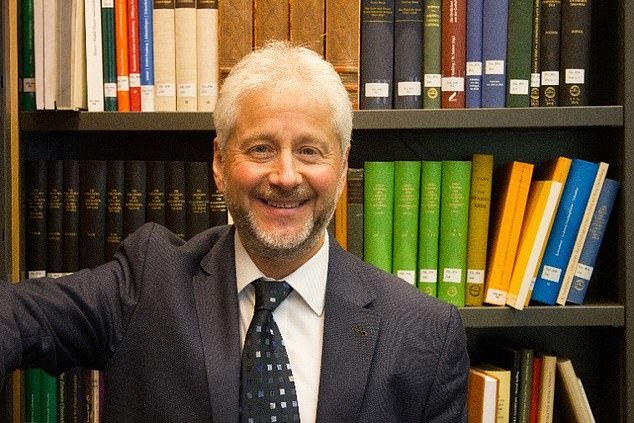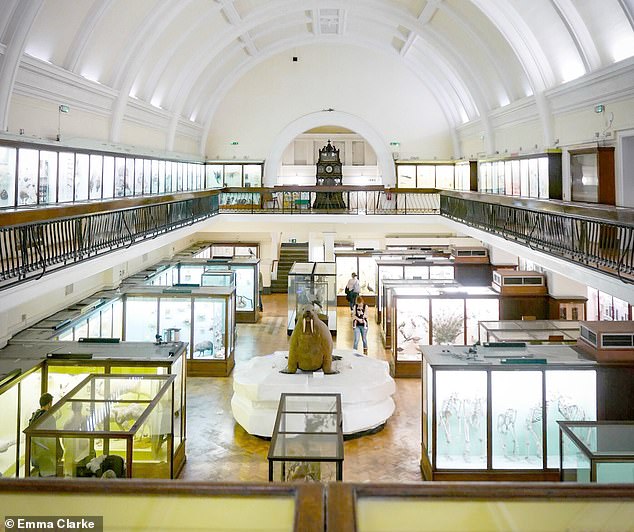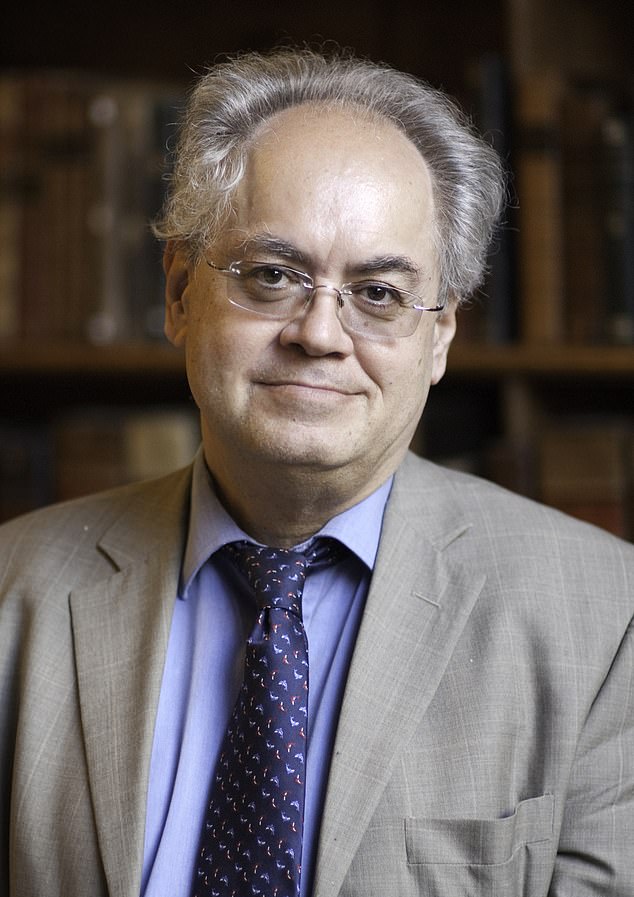Museum’s boomerangs go to indigenous people in Australia (and no, they WON’T come back) – as critics say they are too quick to empty collections
A British museum has been criticised for returning boomerangs and other sacred objects to Australia’s indigenous people.
Lawrence Goldman, a professor at the University of Oxford, said there “seems to be no good reason” for the decision by Horniman Museum and Gardens in south London.
He asked, ‘If museums were to give away everything that people alive today would like to take back, what would happen to their collections? Should we send back all the great paintings acquired by our galleries?’
The two boomerangs are of “the greatest cultural significance” to the Warumungu people of the Northern Territory and are among ten objects, including a knife and sheath, that the museum will celebrate later this year.
Two years ago, Horniman agreed to return 72 looted artefacts, including ‘Benin bronzes’, to Nigeria, saying it was ‘the morally right thing to do’.
The Horniman Museum and Gardens in south London has been criticised for returning boomerangs and other sacred objects to Australia’s indigenous people

Professor Lawrence Goldman of the University of Oxford (pictured) said there appeared to be “no good reason” for the decision

The two boomerangs are of ‘the greatest cultural significance’ to the Warumungu people of the Northern Territory. They are among ten objects, including a knife and sheath. The museum (pictured) will return later this year with a celebration
Museums around the world are facing calls for the return of treasures, including the Elgin Marbles in the British Museum.
But critics say they are emptying the collections too quickly.
Prof Goldman said: ‘The Horniman makes a habit of giving away valuable objects.
“But there seems to be no good reason to do so in this or any other case. The purpose of a great collection is to show people treasures from all over the world in the spirit of internationalism and respect for other civilizations.
“If the trustees of the Horniman do not understand this, they do not understand the purpose of a museum and they should resign. They would belittle us all by their small-mindedness.”
The Horniman, which must get permission from the Charity Commission to return the items, said they were being housed at the Nyinkka Nyunyu arts and culture centre in Tennant Creek, which has a population of 3,080. It declined to say how long it had had the items or who collected them.
Mr Michael Jones Jampijinpa, an elder from Warumungu, said: “We are happy that they are coming back because all those things were taken away a long time ago.

The Horniman, who must obtain permission from the Charities Commission to return the items, said they will be housed at the Nyinkka Nyunyu arts and culture centre in Tennant Creek, which has a population of 3,080.

But David Abulafia, emeritus professor of Mediterranean history at the University of Cambridge (pictured), said: ‘The Horniman needs to make it clear how these objects were acquired. Often things described as booty were bought in the proper, legal way, given as gifts or exchanged for European objects.’
“The museum has chosen to send them back to where they belong. They didn’t collect them, their ancestors did, so I want to thank them.”
Michael Salter-Church, Horniman’s chairman of trustees, said: ‘These objects are of the utmost importance to the Warumungu people and were lost in circumstances where they were forced to sell or give them away. We are pleased to be able to return them.’
Cultural historian Ben Lewis said: ‘It’s like the restitution of art stolen from Jews by the Nazis. If it turns up in a museum, it doesn’t matter whether the museum bought it legitimately.
“If it can be reasonably demonstrated that it was originally looted, you cannot say no to restitution.”
But David Abulafia, emeritus professor of Mediterranean history at the University of Cambridge, said: ‘The Horniman needs to make clear how these objects were acquired. Often things described as booty were bought in the proper, legal way, given as gifts or exchanged for European objects.’
